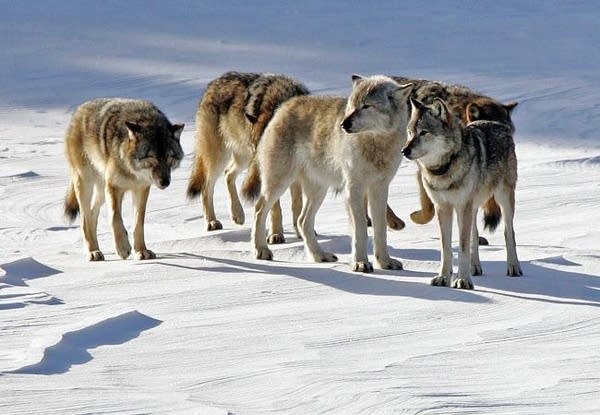Wolf pups on Isle Royale, a howl of hope for struggling population

In this Feb. 10, 2006, file photo provided by Michigan Technological University, a pack of gray wolves is shown on Isle Royale National Park in northern Michigan. (AP Photo/Michigan Technological University, John Vucetich)
Go Deeper.
Create an account or log in to save stories.
Like this?
Thanks for liking this story! We have added it to a list of your favorite stories.


